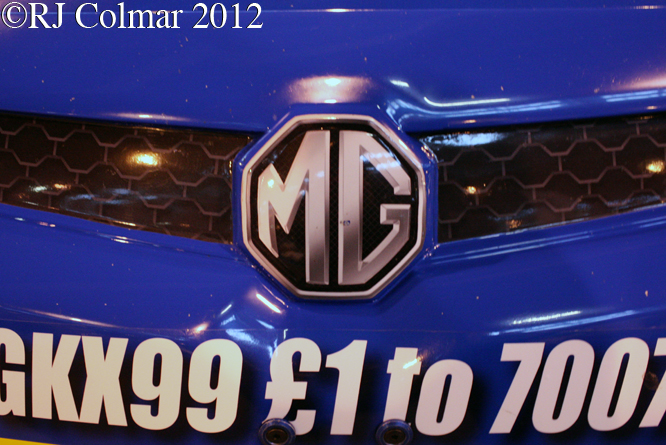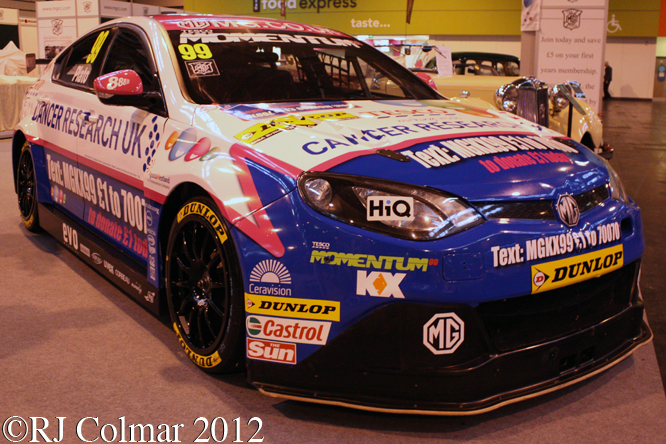Le Mans is not so well remembered by numerous teams for quirky rules which have seen them retire if not be outright disqualified from the 24 hours of Le Mans endurance race.
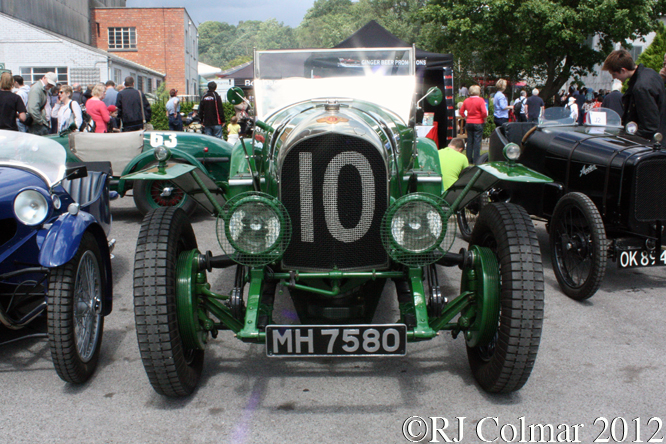
1925 saw the organisers of the third running of the 24 hour endurance classic introduce a rule that cars had to run the first 20 laps of the race with the hood, convertible roof, up.
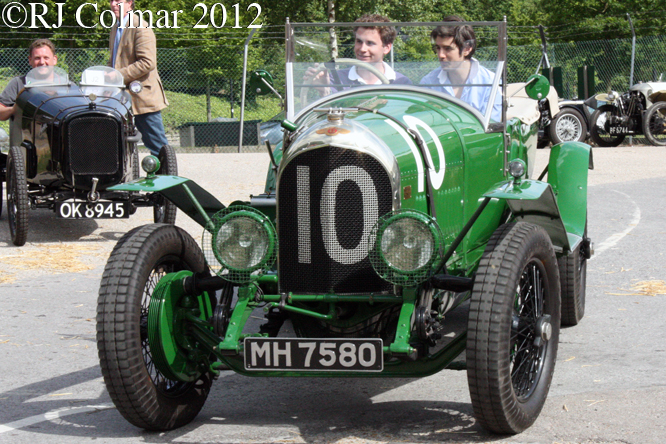
After winning the twice round the clock race in 1924, Bentley Motors Ltd had two 3 litre cars entered in the 1925 event one of which is chassis #1138, seen here at last years Brooklands Double 12 meeting, which was to have Herbert Kensington-Moir and Dudley Benjafield at the wheel.
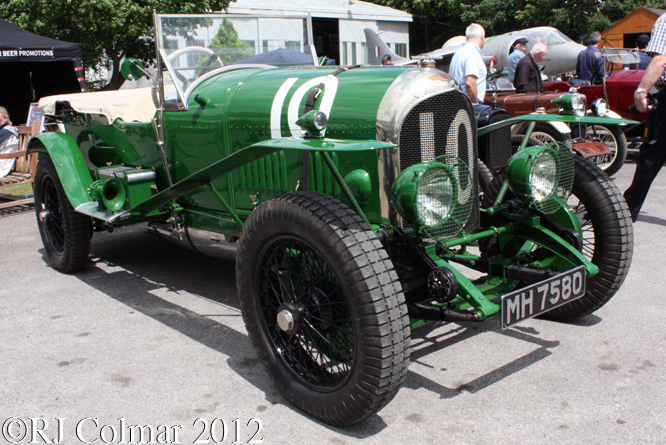
It appears that Bentley aimed to make their fuel stop at 20 laps to coincide with being able to lower the hood and put in just enough fuel to cover the distance. Herbert Kensington-Moir is said to have made a good start and was timed at speeds of over 90 mph, however on the 19th lap the car ground to a halt out of fuel.
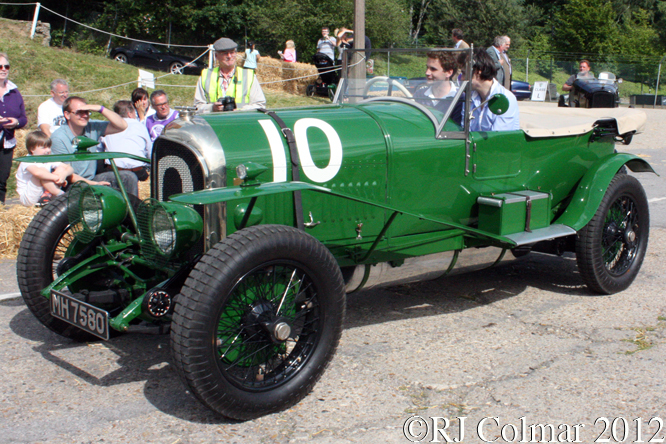
It would appear no one had factored in the additional fuel consumption created by the additional drag created by the hood and so Dudley Benjafield never got to race the car. The sister car chassis #1040 driven by 1924 Le Mans winners Captain John Duff and Frank Clement ground to a halt just short of half distance after a carburetor fire.

The following year Bentley returned to Le Mans with 3 cars but all three retired but in 1927 Dudley Benjafield joined Sammy Davis and their 3 litre Sport known as Old No. 7 delivered Bentley a second victory in the French endurance classic.
Thanks for joining me on this “Hooded Fuel Consumption” edition of “Gettin a li’l psycho on tyres” I hope you will join me again tomorrow. Don’t for get to come back now !


